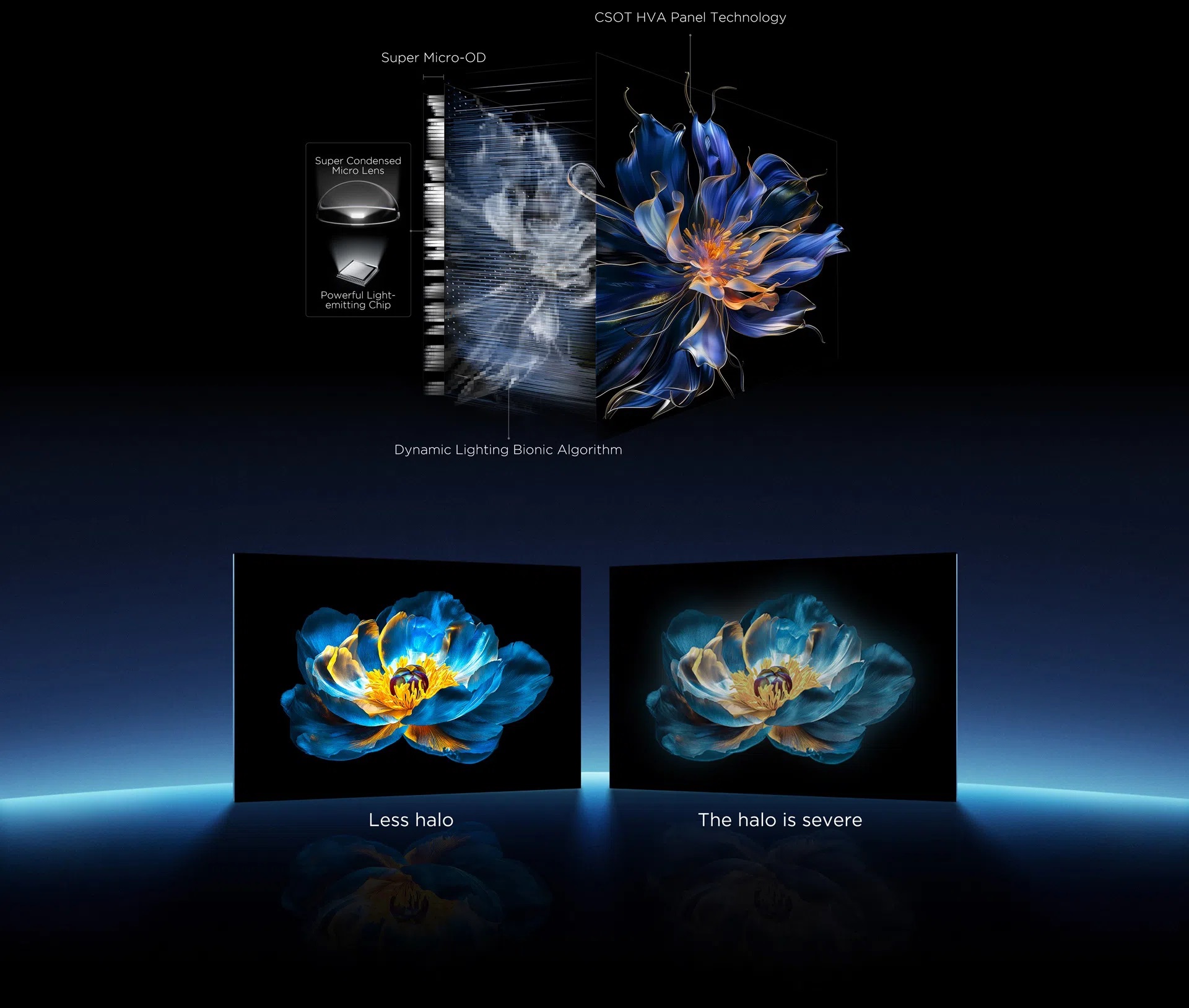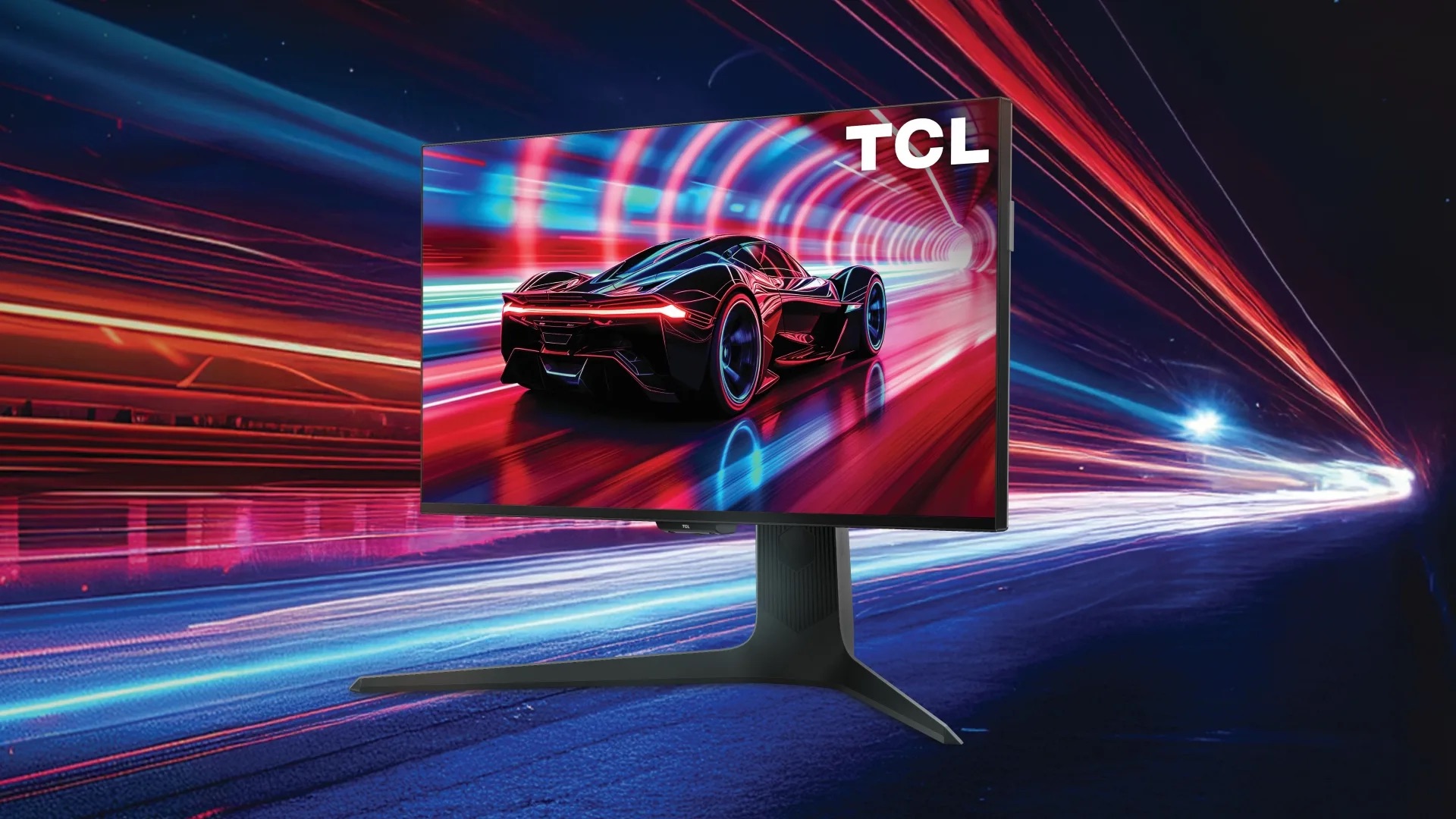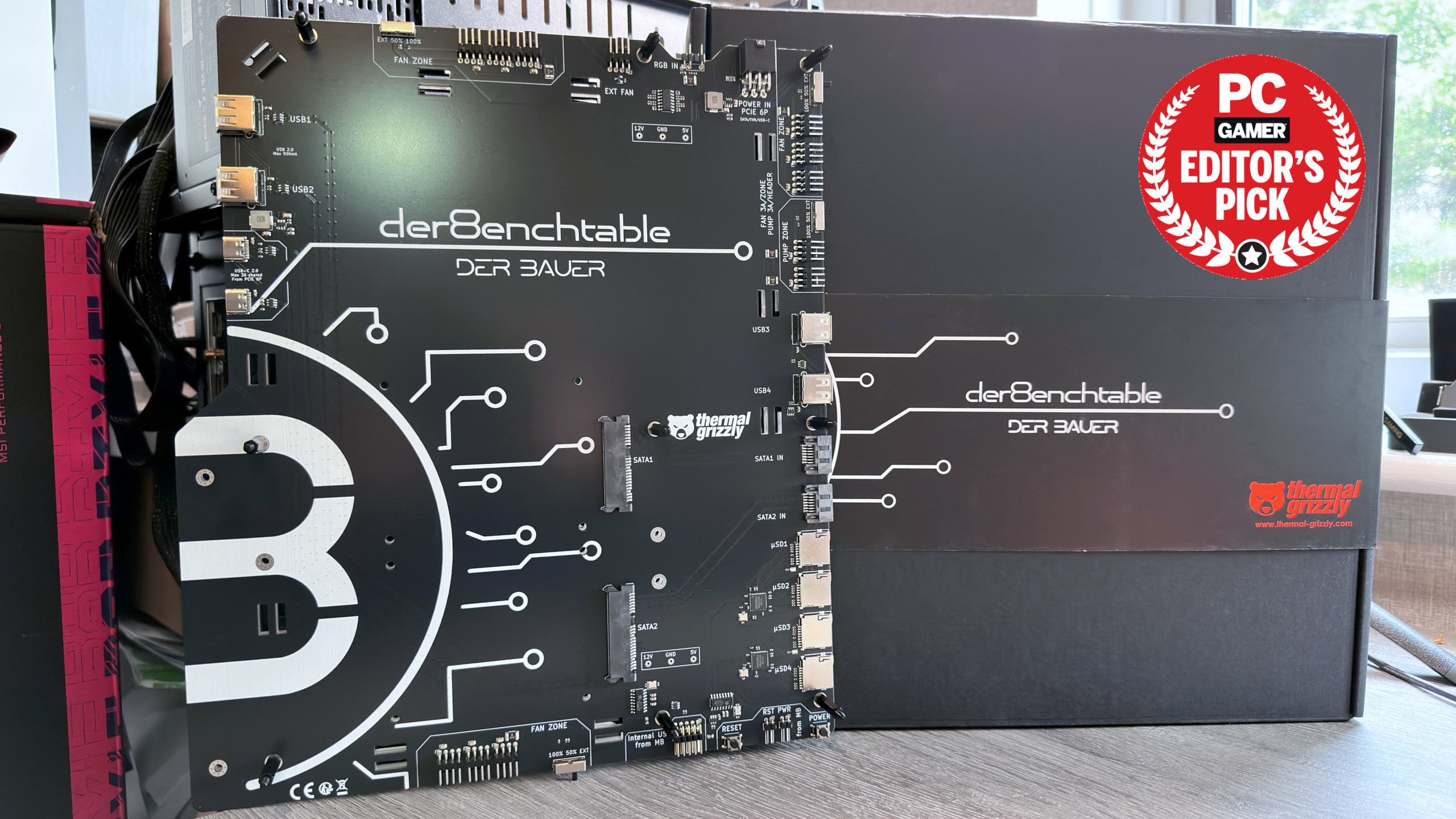This new 4K gaming monitor is so ridiculously bright I'm gonna need to wear shades
1,600 nits of eye-popping panel power.
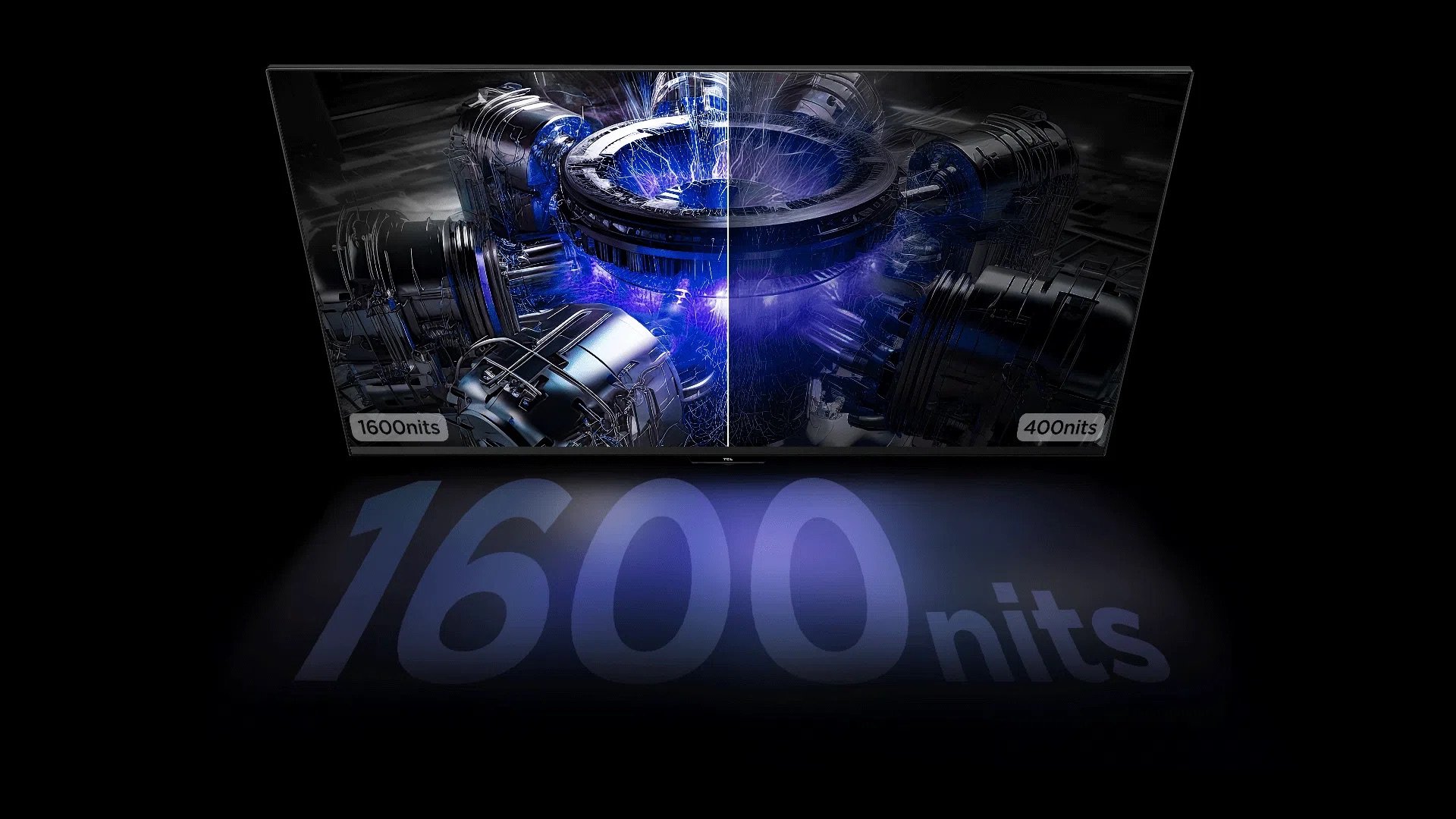
TCL has a new 27-inch 4K gaming panel out (via Notebookcheck), the TCL 27R94 QD-MiniLED Monitor, and you might just need a pair of shades to game with it. That's a teensy exaggeration, of course, but with a peak brightness of 1,600 nits, this is certainly one of the very punchiest gaming panels we've yet seen.
It's intriguing for one or two other reasons, too. But let's start with that eye-popping 1,600 brightness rating. This is a mini LED monitor, not an OLED panel and it comes with a VESA DisplayHDR 1400 rating.
That means it must be capable of hitting 1,400 nits, full screen. By contrast, pun intended, the brightest OLED monitors are currently rated at 1,300 nits, like the LG Ultragear 45GX950A, but can only achieve that in tiny windows measuring a percentage or two of the whole screen.
In other words, OLED can only hit those kinds of numbers for very small highlights, with full screen brightness only recently breaking the 300 nit barrier. But this TCL display can do 1,400 nits full screen.
It's not clear whether the 1,600 nit spec TCL claims is sustained full-screen brightness or limited by aperture or time. Either way, this is one very, very bright monitor.
That said, it's worth noting how perceived brightness actually works. One might assume, for instance, that a 1,000 nit display will look twice as bright as a 500 nit display. However, that's not how human vision works in terms of the subjective experience.
The literal intensity of light does indeed double, but human perception of brightness is not linear. In fact, it's actually logarithmic, with small changes at lower brightness levels being perceived keenly, and the impact of increased brightness tailing off at higher levels. In other words, a doubling of brightness from 100 nits to 200 nits is more obvious than 1,000 nits to 2,000 nits.
Keep up to date with the most important stories and the best deals, as picked by the PC Gamer team.
That didactic diversion aside, what else makes the TCL 27R94 QD-MiniLED Monitor interesting? For starters, it has a "Fast-HVA" panel. This is TCL speak for its own take on VA panel technology.
VA hasn't always been the first choice for gaming panels due to slow response times. But, as per the "Fast" branding, TCL is quoting 1ms GTG response, which is theoretically very competitive. How it actually looks in practice is another matter.
The Fast-HVA panel also sports a 4,000:1 static contrast ratio. That's about as good as native LCD contrast ratios get and twice as good as the latest IPS Black panels from LG. That's a good starting point for attempting to achieve something resembling true HDR performance.
The other element of what allows this panel to be VESA DisplayHDR 1400 certified is the mini LED backlight. It sports no fewer than 2,304 dimming zones. The idea is that the more zones you have, the more precisely you can control the backlighting.
Of course, even with 2,304 zones, on a 4K display you're still looking at 3,600 pixels per zone. So, lighting up small details will still entail significant compromises, broadly the choice between halos around bright objects if you want things punchy or suppressed brightness if you don't.
Still, the 4,000:1 native contrast of the panel will definitely help and while I've personally yet to see a mini LED monitor that I thought was really any good, maybe, just maybe the TCL 27R94 QD-MiniLED Monitor could change that.
Anyway, rounding out the feature set is 165 Hz refresh and USB-C connectivity with 90 W of power delivery. So, it's a pretty appealing all-round package. There's no word on pricing or availability as yet, but TCL screens are usually pretty aggressively positioned, albeit availability is usually good in the USA but limited or non-existent in Europe. We'll see!
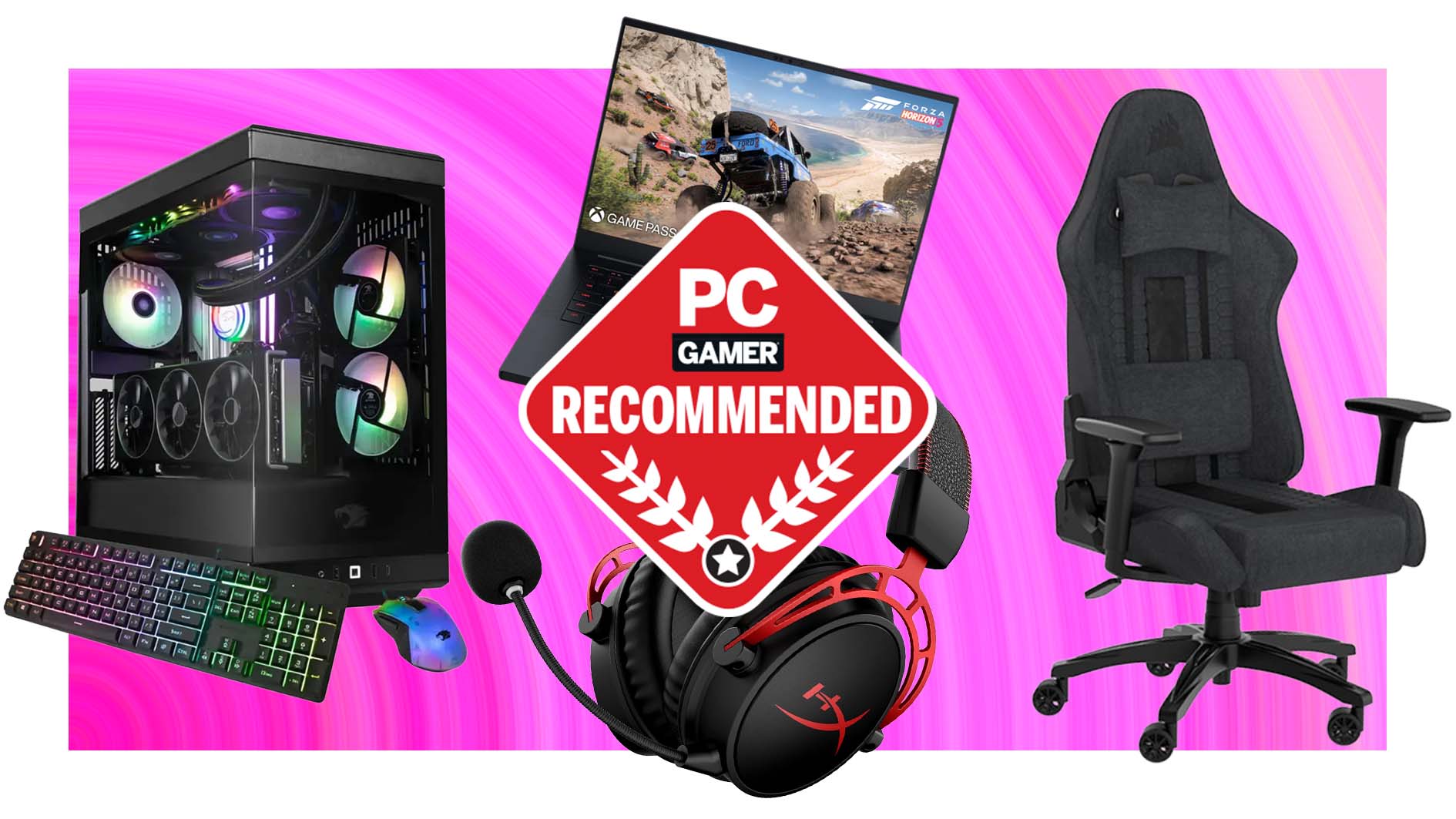
1. Silicon Power UD90 | 2 TB | $100 (save $32)
2. Gamakay NaughShark NS68 | Hall effect keyboard | $34 (save $9)
3. Asus VY249HGR | 1080p 120 Hz monitor | $85 (save $35)
4. V-Color Manta | 32 GB DDR5-6000 | $88 (save $10)
5. Turtle Beach Burst II Air | Wireless mouse | $65 (save $35)
👉Check out our full list of deals👈

Jeremy has been writing about technology and PCs since the 90nm Netburst era (Google it!) and enjoys nothing more than a serious dissertation on the finer points of monitor input lag and overshoot followed by a forensic examination of advanced lithography. Or maybe he just likes machines that go “ping!” He also has a thing for tennis and cars.
You must confirm your public display name before commenting
Please logout and then login again, you will then be prompted to enter your display name.
